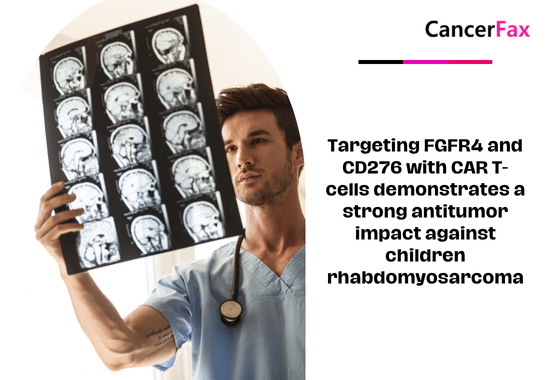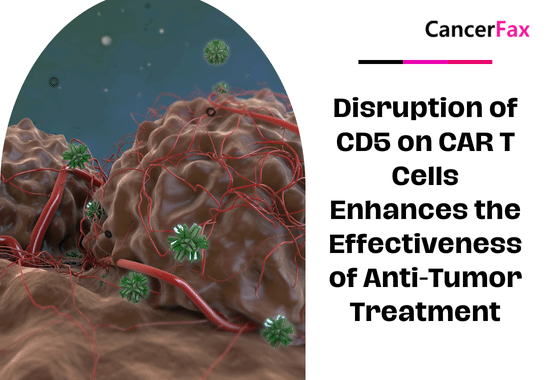Recently, the Global Oncologist Network reported that a patient with advanced cardia cancer liver metastasis has successfully survived for three years after treatment with a new technology in clinical trials. The patient is currently in stable condition and his life has basically returned to normal. According to cancer experts from the Global Oncologist Network, anti-cancer technology has been continuously updated in recent years, and has made obvious breakthroughs in precise cancer treatment, immunotherapy, and radiodynamic immunotherapy. Fight to the end!
The patient was a 72-year-old male. He was diagnosed with cardia cancer in January 2013. He underwent radical operation for cardia cancer on January 10 to remove 6 * 5 * 1 masses. Pathological detection of infiltrating ulcerative and poorly differentiated adenocarcinoma. Two courses of postoperative chemotherapy, After taking Chinese medicine treatment. A CT review on July 26, 2013 showed that after cardia cancer, the liver metastases were about 6 * 6cm in size. On July 29, 2013, technical noninvasive treatment began. On May 26, 2016, CT was reviewed. The liver metastasis of the patient was reduced to 2 cm, the lesion was stable, no other lesions were found, and the patient was in good health. The following is a comparison chart of lesion changes during three years of treatment.
Before treatment, the liver mass was 58.84mm in diameter
One month after the patient received the treatment, the mass shrinked significantly, from 58.84mm to 38.86mm, and the patient’s physical and mental condition improved significantly.
Six months after the patient received A45 treatment, the mass shrank to 29.09 mm.
After 8 months of treatment with A45, the mass continued to shrink to 24.48mm
After 35 months of treatment with A45, the mass continued to shrink
On May 26, 2016, the lesion was reduced to 2cm and the condition was stable.
At present, this anti-cancer technology has received international recognition, was introduced by many world-famous cancer centers, and published treatment data reports at international oncology academic conferences. According to the Global Oncologist Network, this technology is another breakthrough anti-cancer technology after surgery, radiotherapy, and chemotherapy. This technology combines the global medical accelerator and photochemotherapy, and has the advantages of traditional radiation therapy and chemical drug therapy. Through directional labeling and destruction of tumor cells through photochemical action, killing primary and metastatic tumors, without harming the normal tissue cells of the human body, at the same time stimulating the body to produce an immune response, greatly improving the therapeutic effect. The treatment technology is safe and non-invasive, with precise targeted removal of cancer cells with low toxic and side effects, and is suitable for almost all advanced cancers.
Recently, this non-invasive treatment technology for tumors is accepting applications from patients through the Global Oncologist Network. Patients can log in to the Global Oncologist Network, communicate with experts online, and conduct online remote consultations. For more information, visit the Global Oncologist Network or call +91 96 1588 1588.
Global Oncologist Network reminds the majority of patients with advanced cancer that there has not been an efficient treatment plan so far
To completely cure cancer, patients should be mainly treated with surgery, supplemented by radiotherapy and chemotherapy, combined with comprehensive treatment of anti-cancer technology in recent years, emphasizing the principle of multi-disciplinary cooperation and individualized treatment. The scope of invasion, the presence or absence of jaundice, liver and kidney and cardiopulmonary function, and the planned and reasonable comprehensive application of existing diagnosis and treatment methods to overcome cancer.

